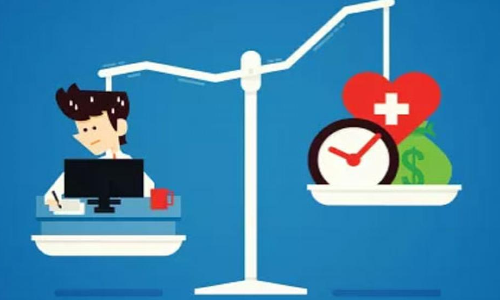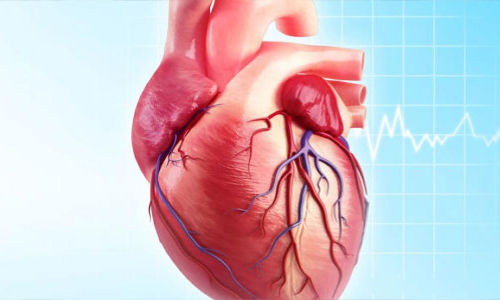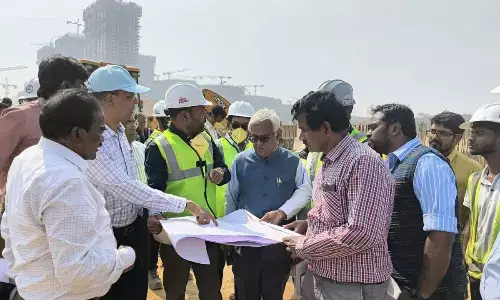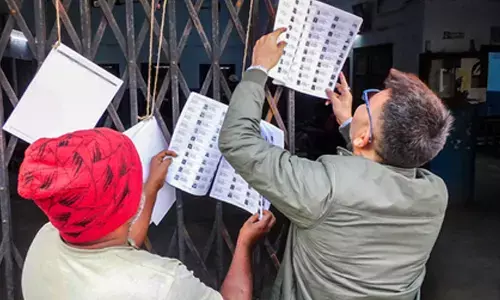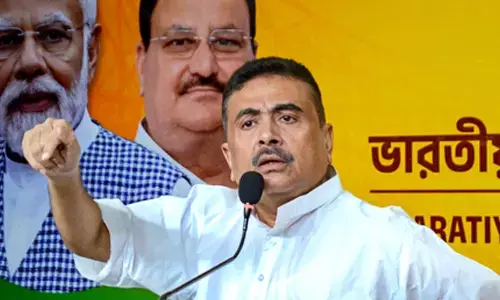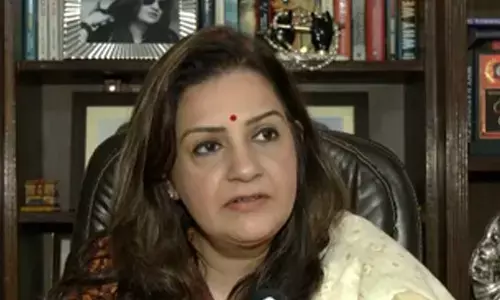New project by IISc aims at reducing air traffic
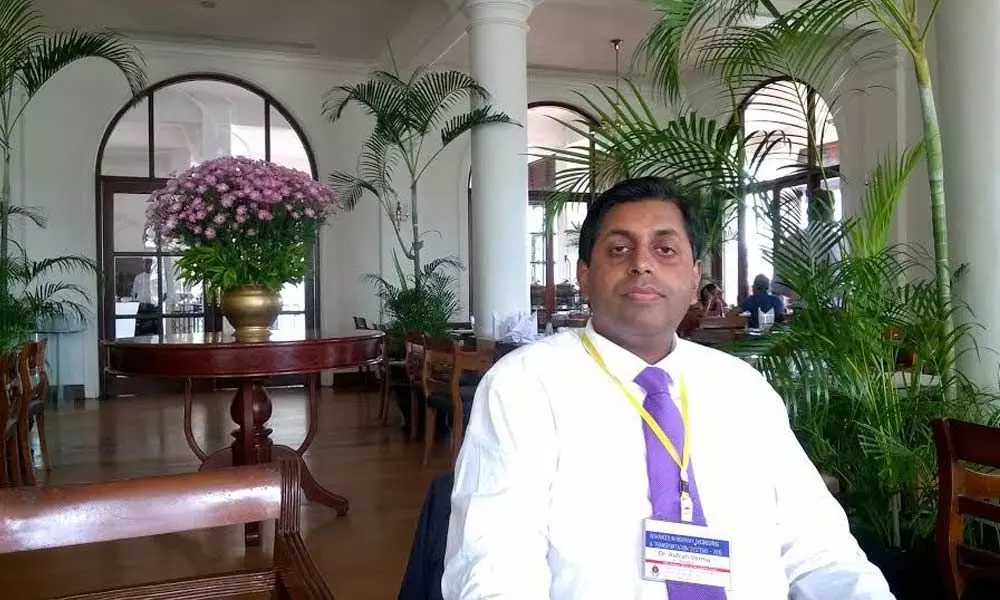
Prof Ashish Verma
Seeing the increasing number of air traffic that is the ministry of Human Resource Development will fund the Department of Transportation System Engineering Department of the Indian Institute of Science (IISc) to develop an extensive and dynamic Air Traffic Model for Airspace (ATMA) (a model software) with 4D trajectory optimization thereby predicting collision-free network stability in the event of an airline’s intent to introduce new flights
Bengaluru: Seeing the increasing number of air traffic that is the ministry of Human Resource Development will fund the Department of Transportation System Engineering Department of the Indian Institute of Science (IISc) to develop an extensive and dynamic Air Traffic Model for Airspace (ATMA) (a model software) with 4D trajectory optimization thereby predicting collision-free network stability in the event of an airline's intent to introduce new flights. The model's objective is the online re-optimization of flight trajectories in case of bad weather or other emergencies.
The Directorate of Civil Aviation (DGCA) had stated that the Passenger traffic fell 33 percent year-on-year in March after airlines had to ground flights in the aftermath of lockdown to prevent the spread of COVID 19. The data released by the civil aviation also alludes that the Directorate of Civil Aviation (DGCA) Passenger traffic fell 33 percent year-on-year in March after airlines had to ground flights in the aftermath of lockdown to prevent the spread of COVID 19. The data released by the civil aviation also alludes that 77.6 lakh people took to the skies in March before the restrictions came into force.
With the increase in air traffic the pressure on the Air Traffic Control (ATC) will be more where there could be a possibility of human error and the model will ensure that planes are safely separated from each other, while maintaining the most efficient flow of traffic.
Atichya Chandra, a research student from the department explained that in most of the world and in India, currently, air traffic management is human centered.
"The phenomenal growth of the volume of air-traffic over Indian air-space over the last few decades has already started to stretch the existing system. This adds to the pressure of safe management of air traffic at all points of time. Hence, the necessity of finding more efficient ways of managing the huge air traffic," Chandra talked about the motivation behind the project.
"Our software takes all the input data like air traffic, weather along with the ATC rules and regulations incorporated and we all provide them with applicant user interface output so they want to optimize the trajectory in one click they will get the solution," he said.
Prof Ashish Verma from the IISc's department of civil engineering is also heading the team working on the project said that the project will take time to complete and as of now nothing more can be divulged about it.






